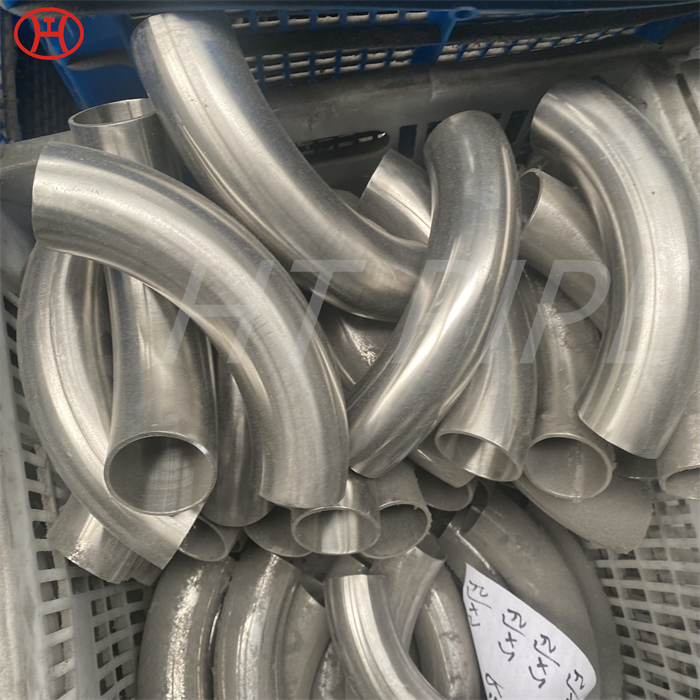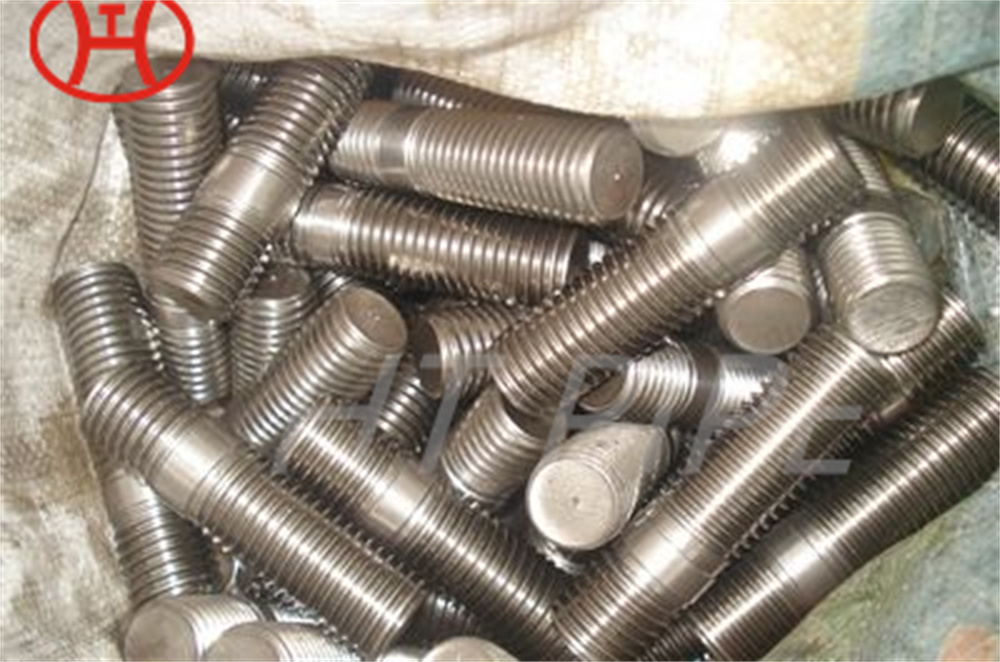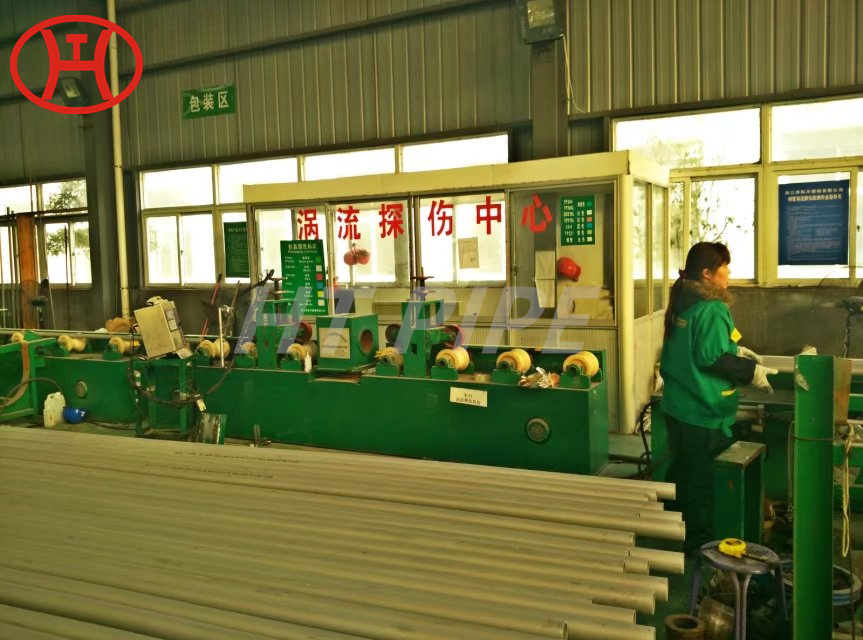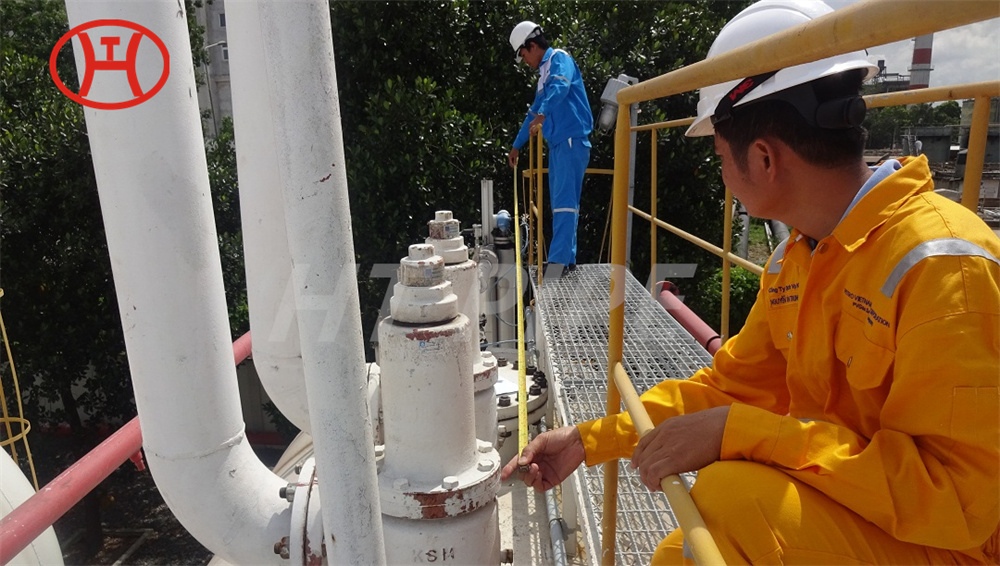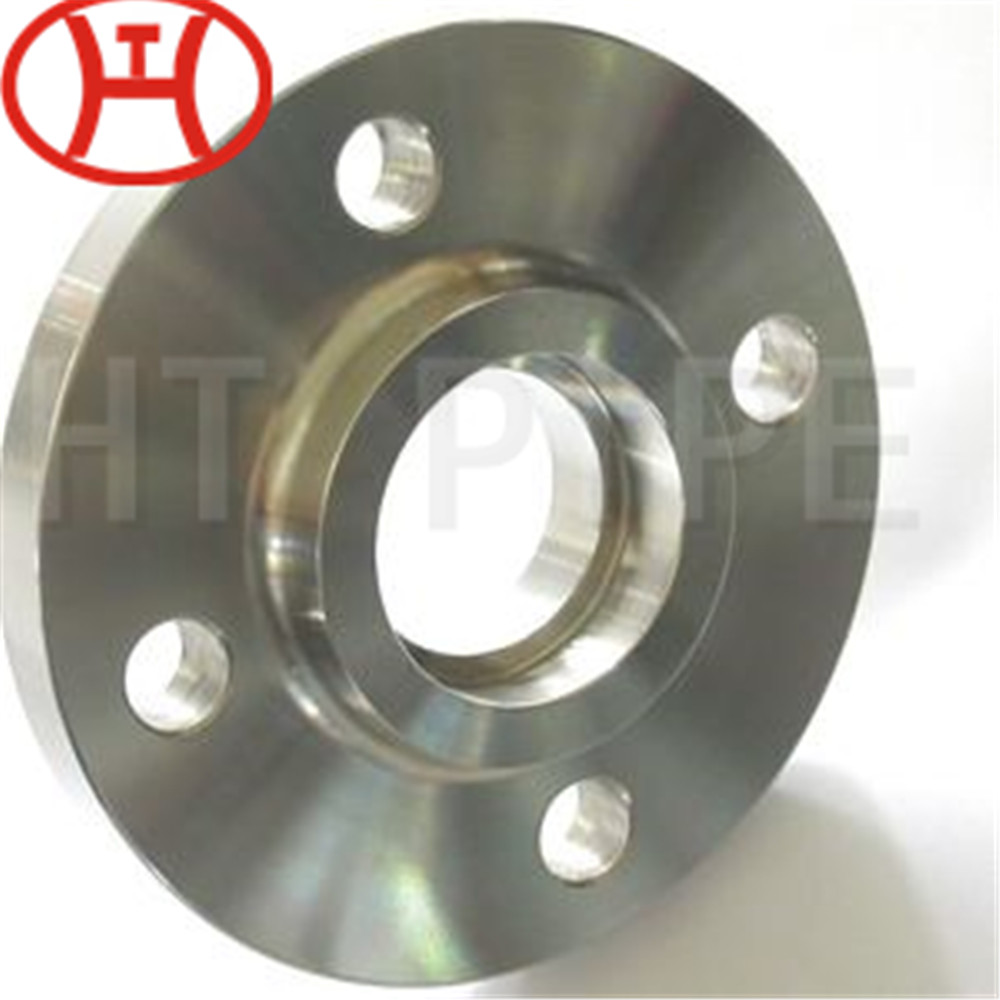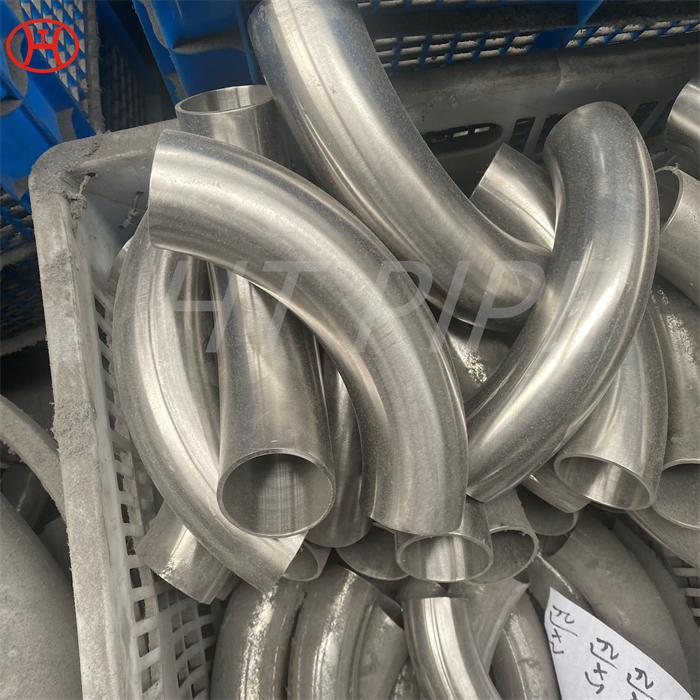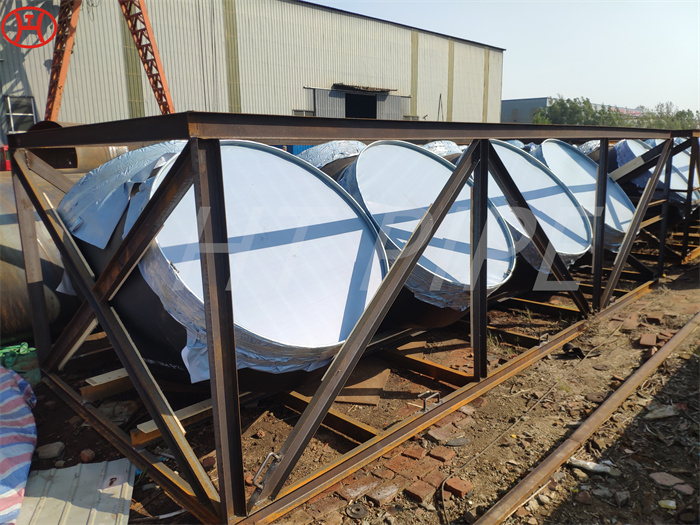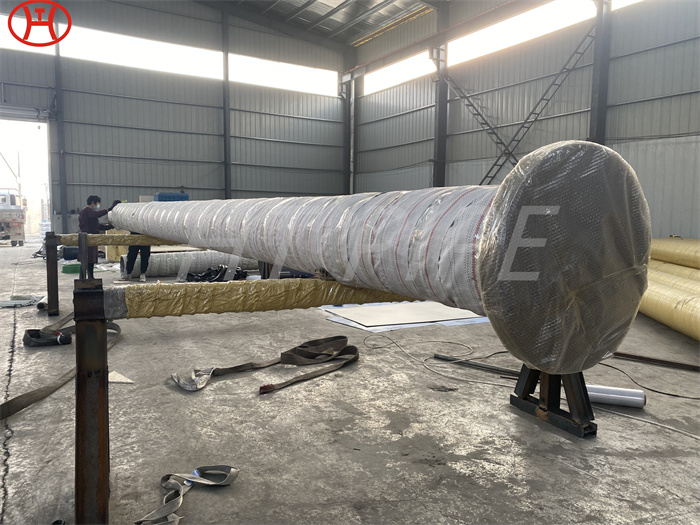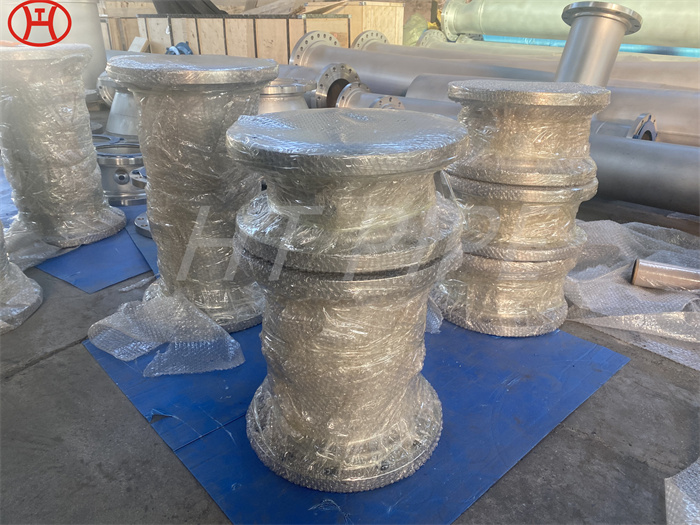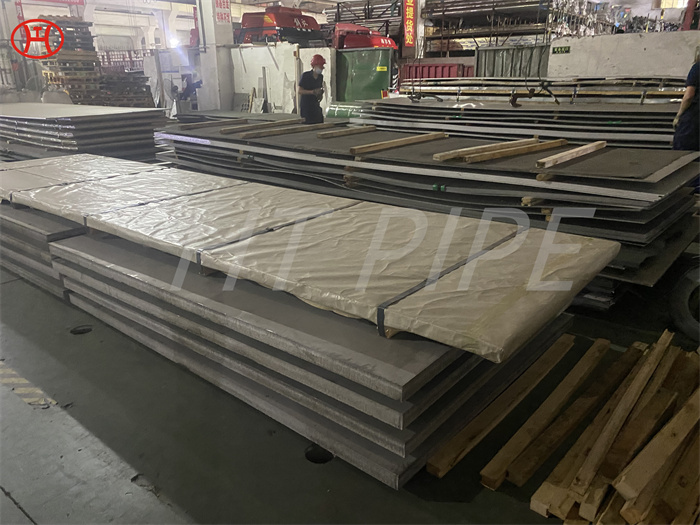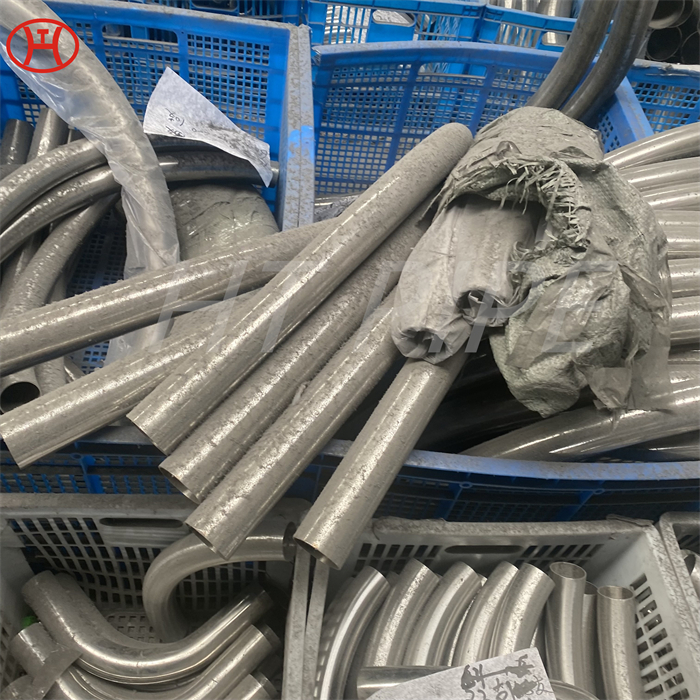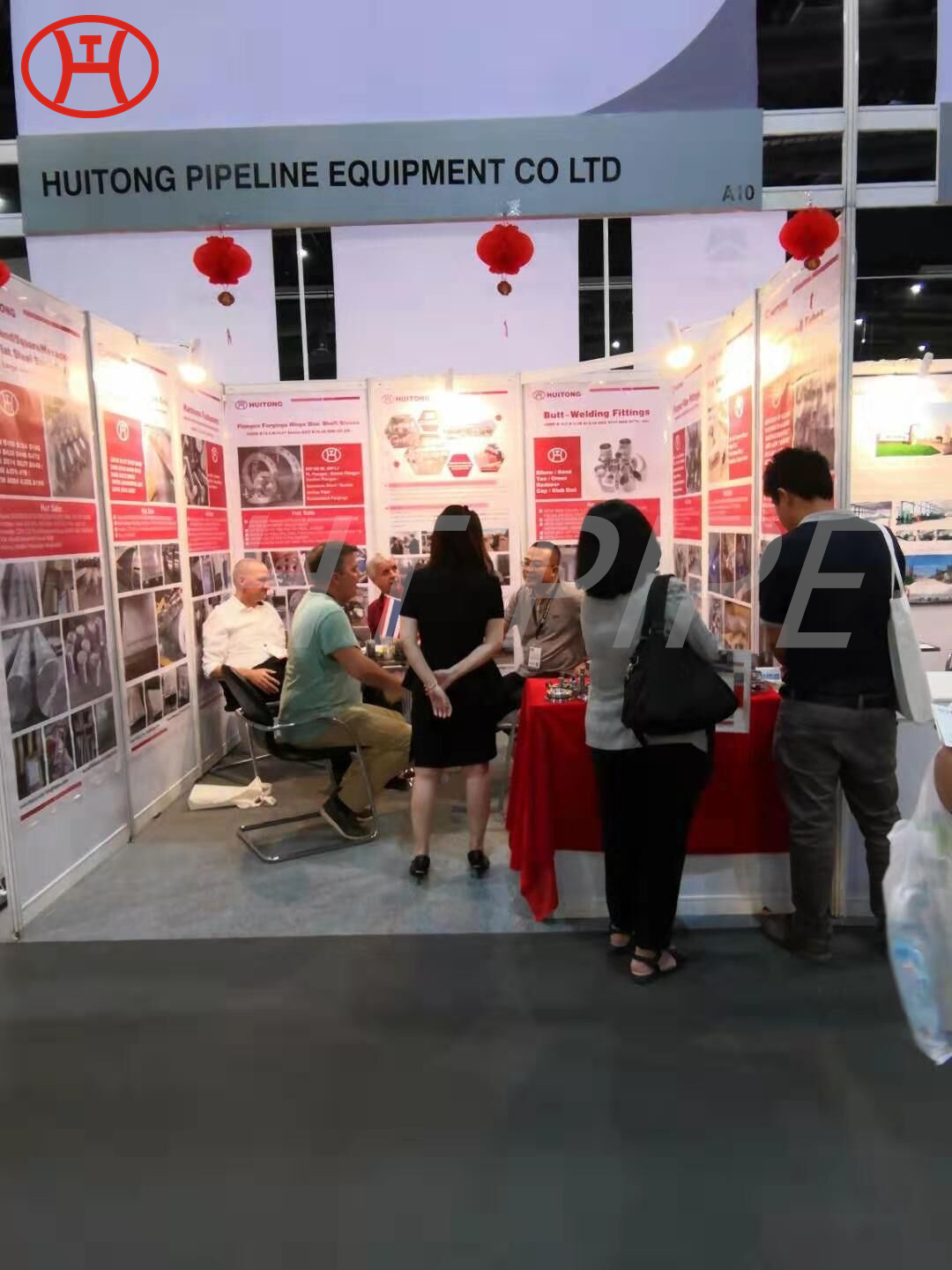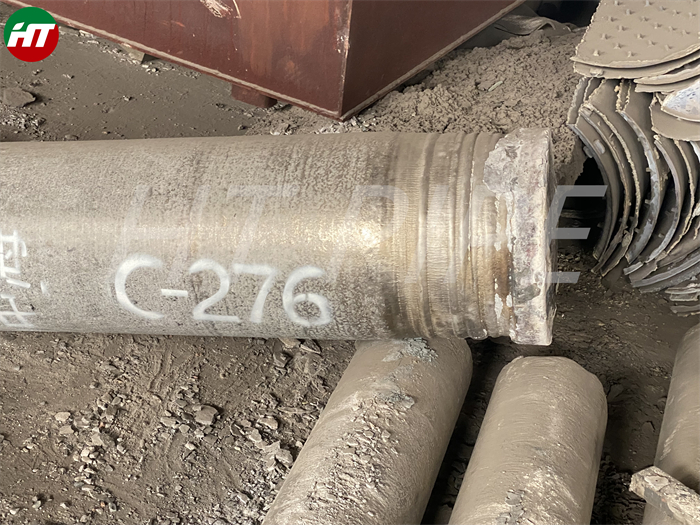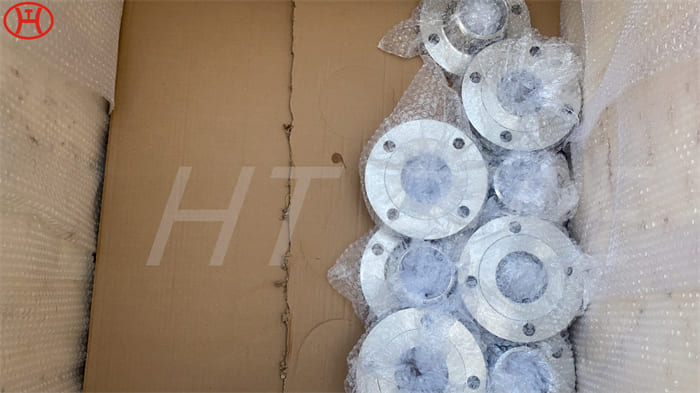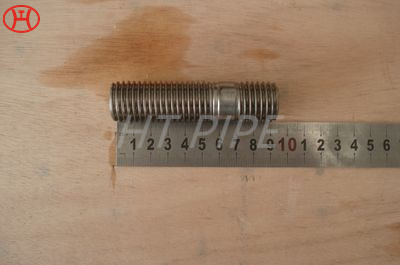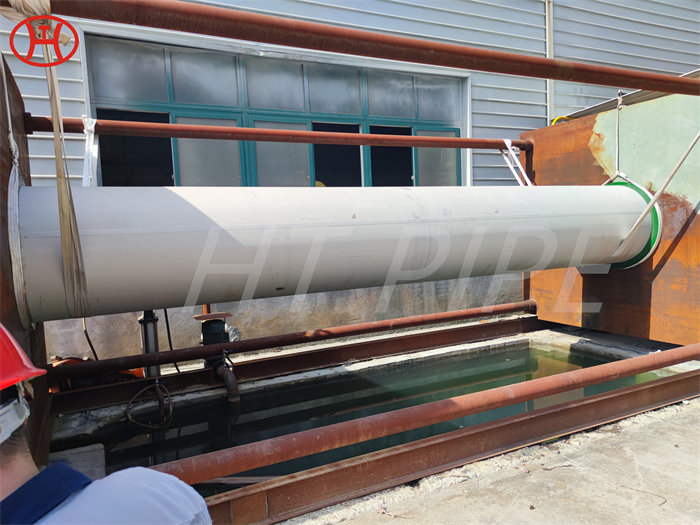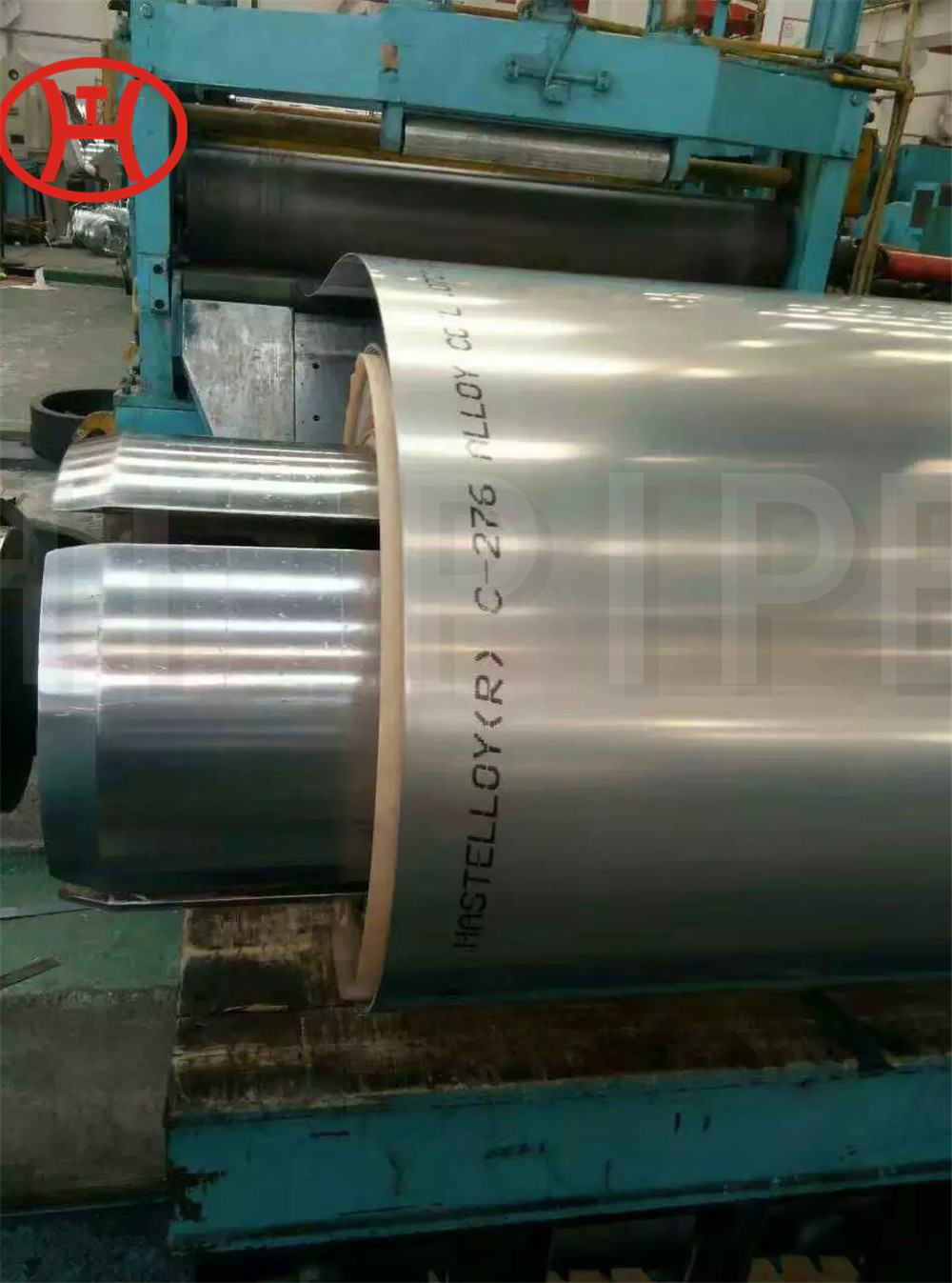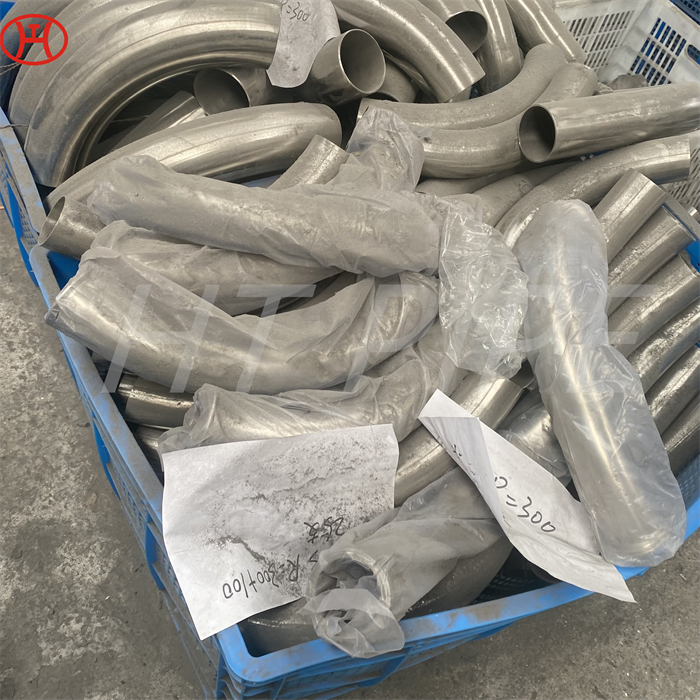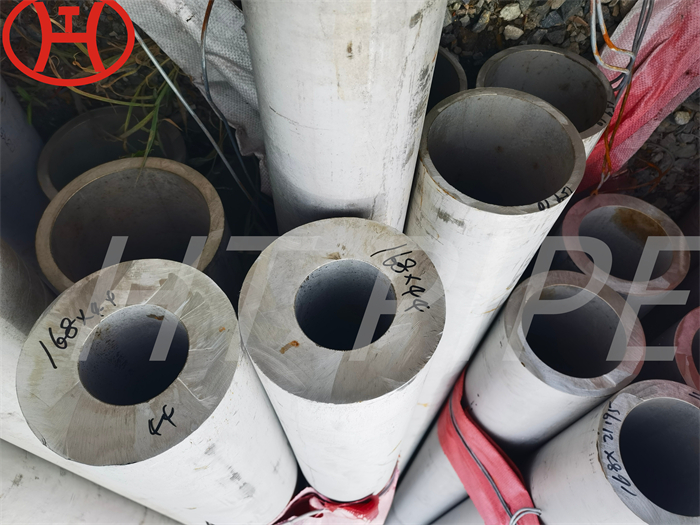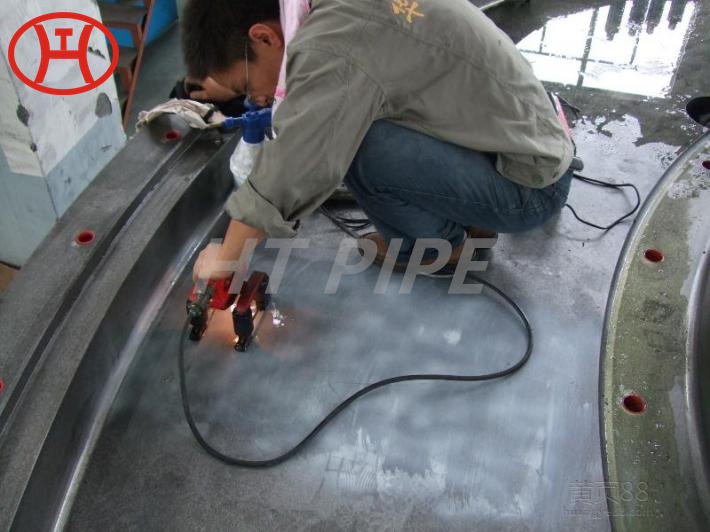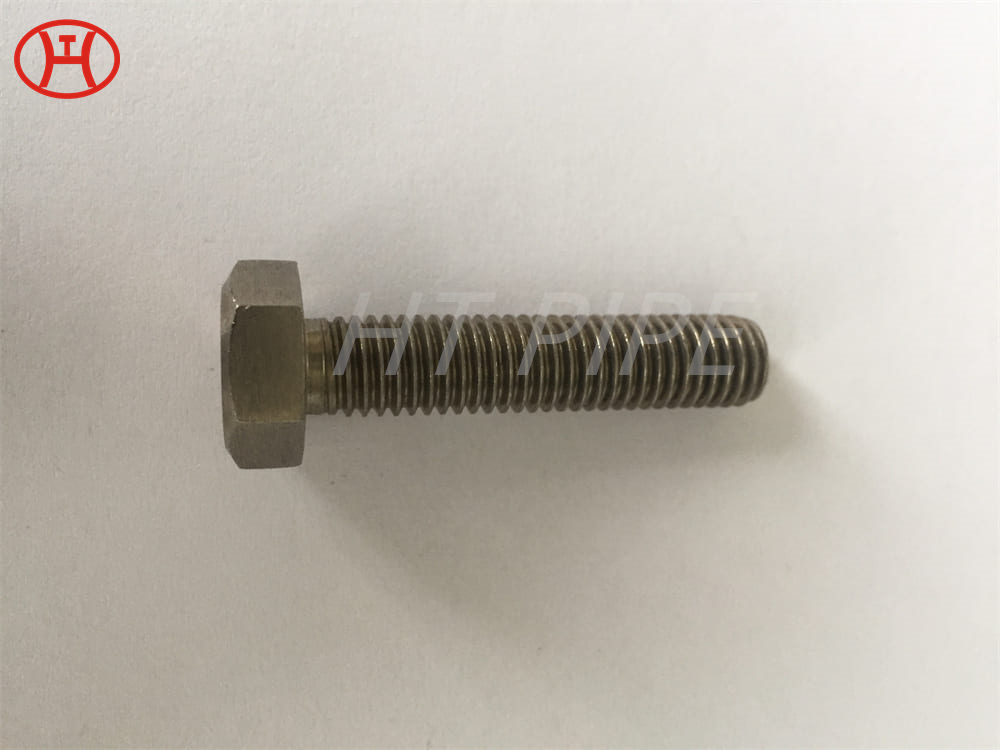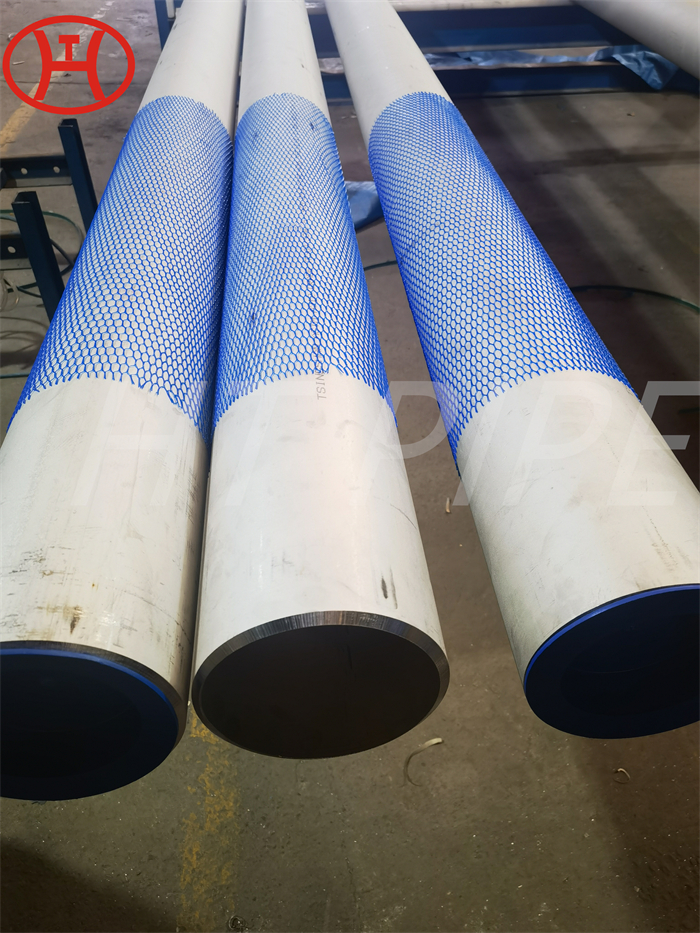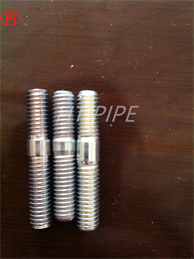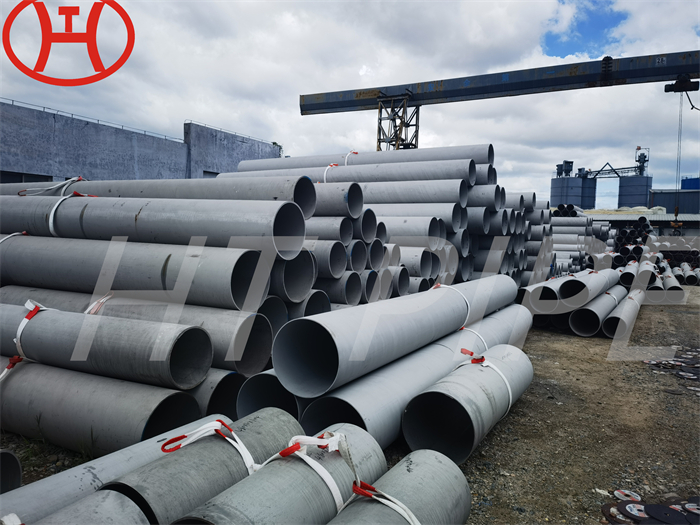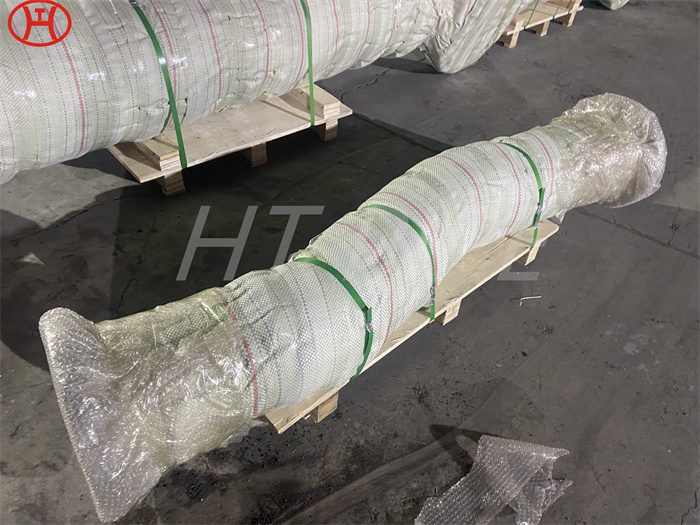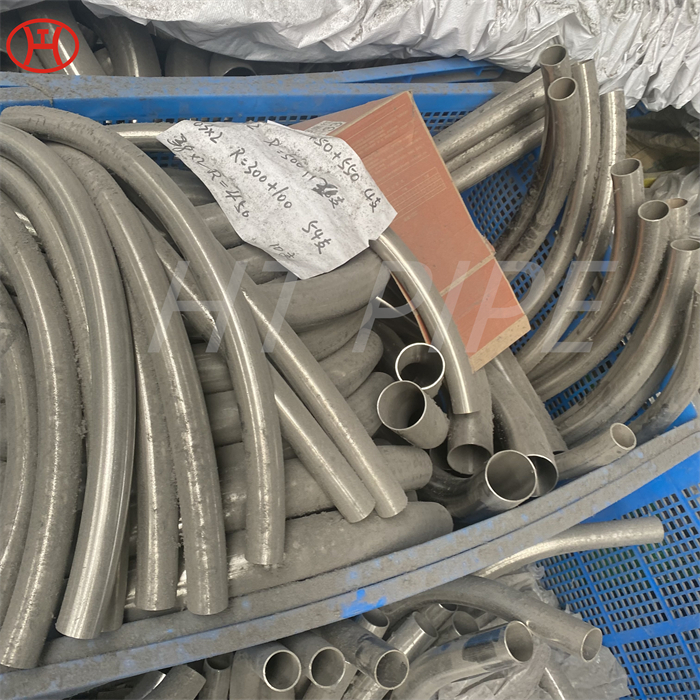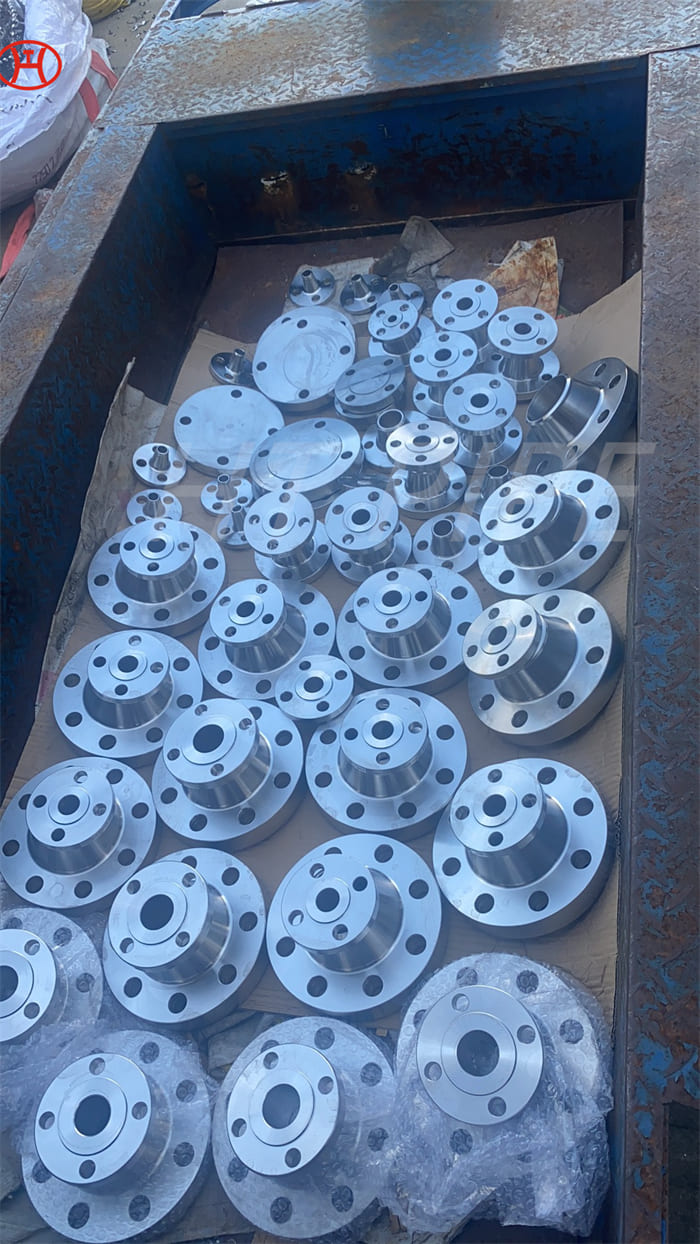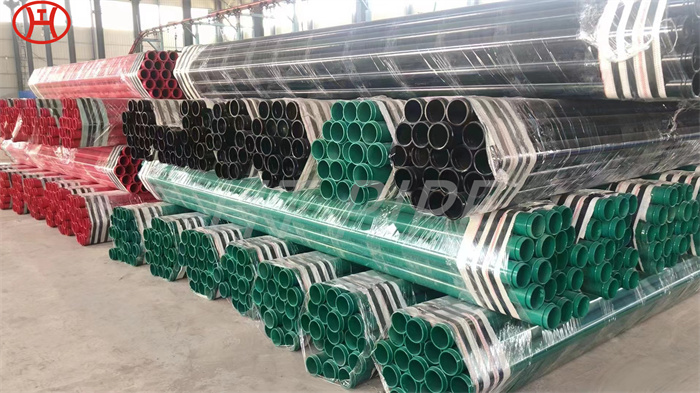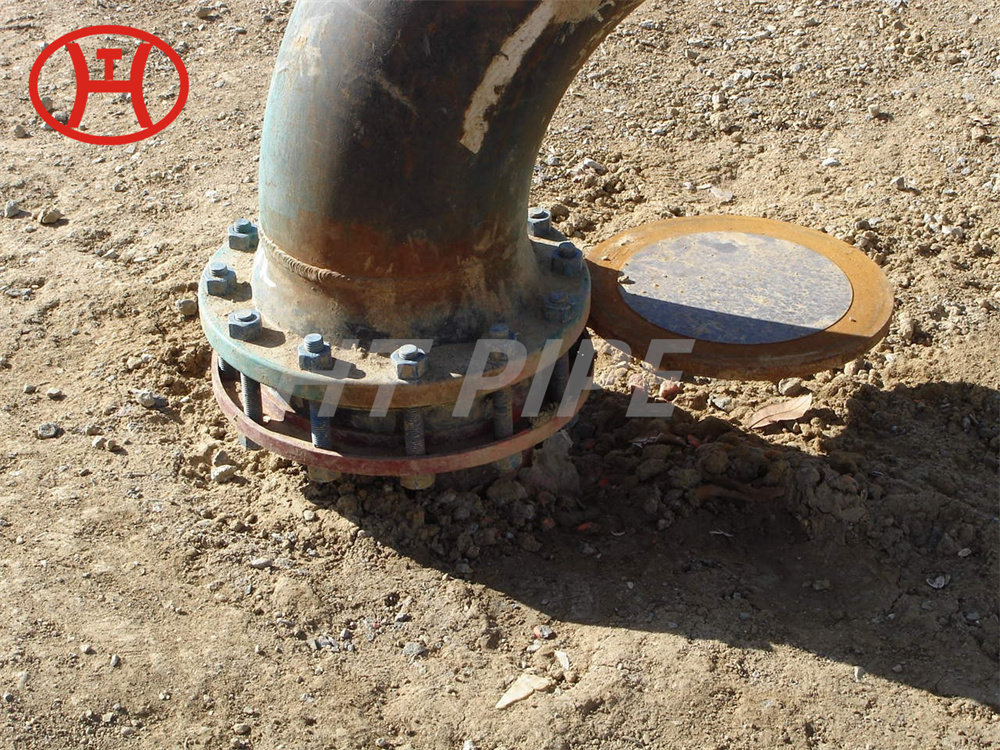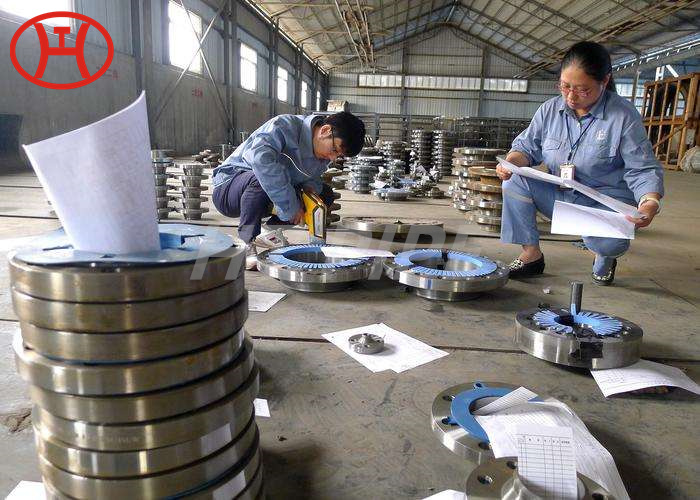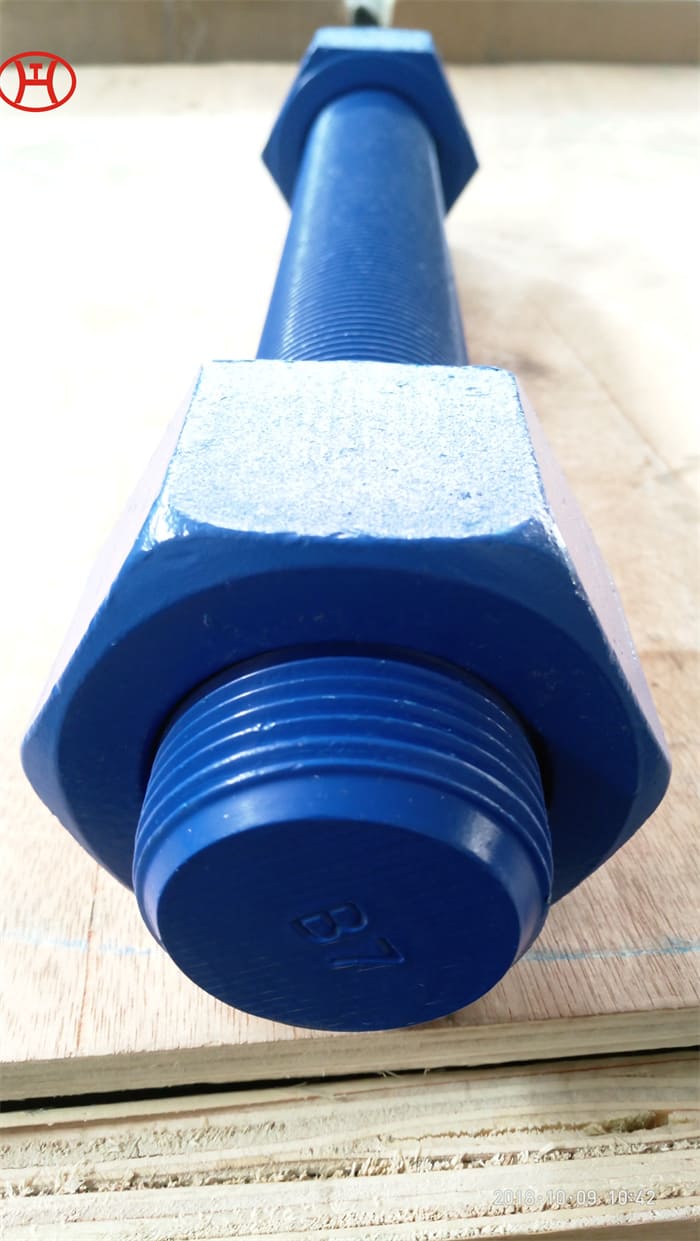Hastelloy B2 pipe bend provides stress related corrosion cracking or SCC
Hastelloy B2 pipe bend provides resistance to pure sulfuric acid and a number of non-oxidizing acids. The alloy should not be used in oxidizing media or where oxidizing contaminants are available in reducing media.
ALLOY B2 is used in a wide range of applications in the chemical process industry, especially for processes involving sulphuric, hydrochloric, phosphoric and acetic acid. Designated as UNS N10665 or W.Nr. 2.4617, Hastelloy B2 (also known as ¡°Alloy B2¡±), is a solid solution strengthened nickel-molybdenum alloy with low addition of carbon, silicon & iron. It has good resistance to hydrogen chloride, sulfuric acid and phosphoric acids and has excellent resistance to stress corrosion cracking and pitting corrosion at elevated temperatures. Alloy B2 (UNS N10665 / W.Nr. 2.4617) is a solid solution strengthened, nickel-molybdenum alloy, typically used in extreme reducing conditions. B2 has significantly lower carbon, silicon and iron compared to its¡¯ predecessor, Alloy B (UNS N10001), making the alloy less susceptible to decreased corrosion resistance in the weld zone, in the as-welded condition. Controlling other alloying elements such as iron and chromium.









































































































